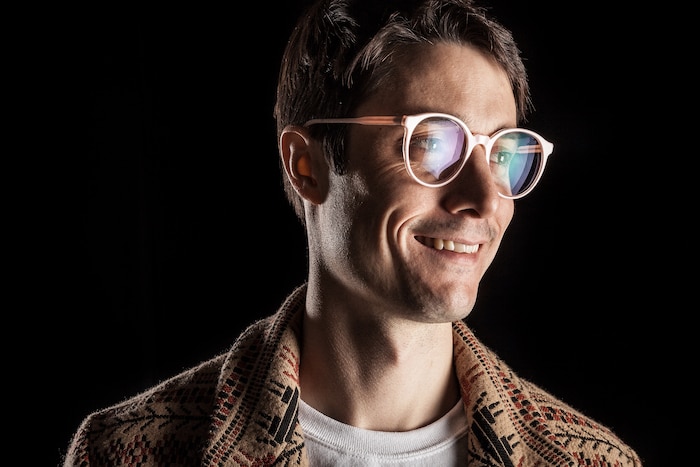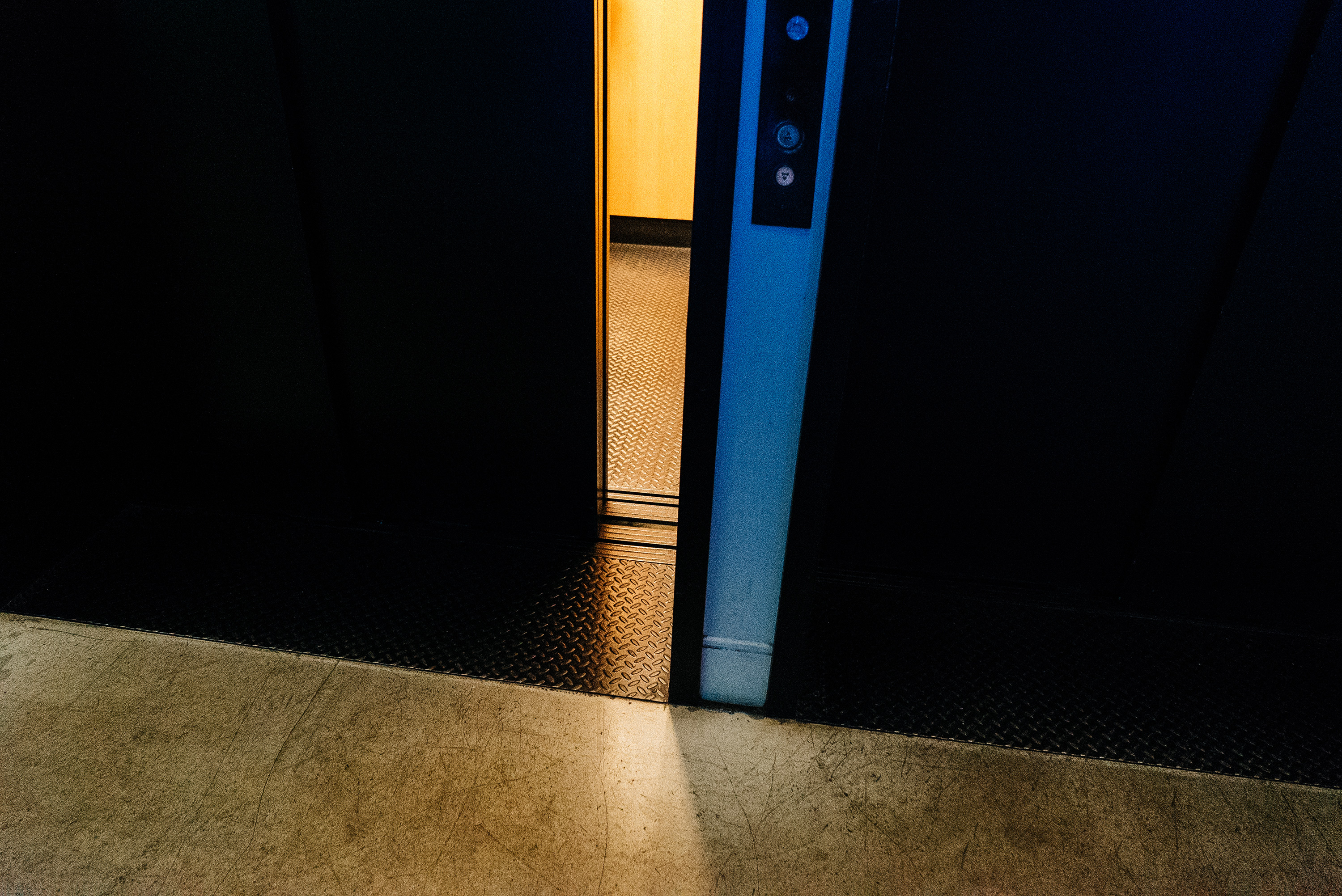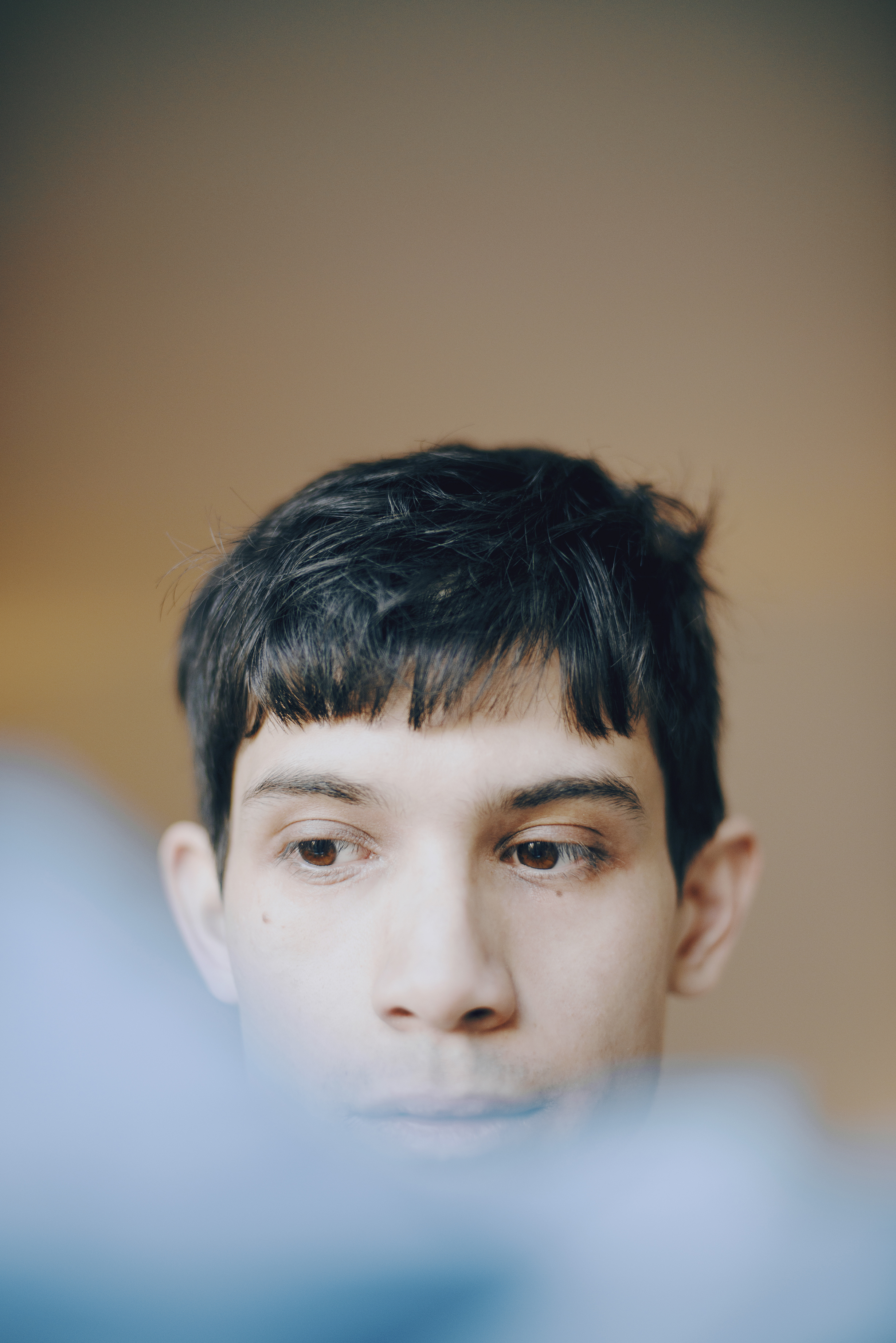Call Super on His New Fabric Mix
The celebrated young selector talks about his DJing philosophy
Call Super has more than a dozen releases under his belt, and while those records have undoubtedly been well received, it’s his prowess as a DJ that truly sets him apart. The folks at fabric have certainly taken notice, which is why they’ve enlisted him for the latest edition of the club’s long-running mix series. On the most recent episode of RBMA Radio’s First Floor, the British-born, Berlin-based artist speaks about how he approached the task and explains why he elected to focus on the sort of late-night sounds that usually populate the final hours of a party.
Listen to First Floor on RBMA Radio here every Thursday at 1 PM EDT.

It’s kind of an obvious question, but we live in a time when there are more podcasts and radio shows out there than anyone could possibly keep up with. What was it that appealed to you about putting together an official mix CD?
It’s much harder to put together a mix CD because you have to license the tracks, and there’s a lot of stuff you can’t get. Your original ideas will be thwarted pretty much for sure. That is actually quite interesting to me, to suddenly work within certain parameters, and then try and build something that is a very honest reflection of what you do.
This mix CD was a very appealing proposition for me because I’ve been going to fabric for a long time and I’ve been listening to the mix CDs for a long time. I kind of see them as a document of a moment in time in a way that I don’t see podcasts and radio shows and so on. Of course those are documents of time, but there is something about the physicality of a mix CD which is much more of a benchmark for me than doing a podcast or a radio show.
The fabric mix series started all the way back in 2001. You mentioned that they’ve played some kind of role in your own musical upbringing, so to speak. Could you talk a bit more specifically about some of the mixes that influenced you and why?
Most of the early entries in the fabric series were all very straight, kind of housey. At the time in London you had groups like Circulation and Peace Division, which were influenced by some of the West Coast American people like Doc Martin and Hipp-E & Halo, and it was this slightly tribal, slightly techy sound.
By the morning, if you’re still there [at fabric], you’re there just to see what happens.
Then it was mixed with a kind of UK slant from people like Craig Richards and Terry Francis who were the residents there. I think the first one, the Craig Richards one, I really liked, and I quite like the James Lavelle one as well. They kind of gave me a sense of how you put these things together and what’s expected at the highest level, which to a kid, you’re trying to figure out. I think most of those mixes were probably recorded on two decks and a mixer, and you can hear that in some of them, the Ellen Allien one in particular. I liked that because you could relate to it, it sounded real.
As time went on, I think more and more people started using computers and had kind of much greater ambitions for the mixes, and I didn’t really relate to those ones quite so much. I remember the Pat Mahoney and James Murphy one I really liked, and the Villalobos one was very influential because it was just so stripped back. The tracks would play out for nine minutes with very little changing, and that is just mind-expanding at a certain age.
As a DJ you often play long sets and you’ve expressed in the past that you have a preference for playing long sets. Given that, how did you alter your approach when you were putting together a mix that was limited to 70 minutes?
By choosing a time of night to focus on and not allowing myself to be any more ambitious than that. The CD is not really just an hour of a set, it’s maybe what I try and do over a couple of hours condensed a little bit. It’s definitely taking aim at a certain time of night, rather than trying to cram six or seven or eight hours into one hour.
What time of night was it that you were focusing on?
The last hour or two, of a club that is open for at least eight hours. fabric sometimes shuts at six, sometimes 11. I’m kind of taking aim at the morning.
What it is about that time of night or morning that you find appealing?
The crowd has usually thinned and become more focused on the people that are there to hear either you play or to hear the more interesting ends of the music that’s being played out.
It’s also hopefully a time where people have been satisfied up to a point. It can be frustrating, the first stages of the peak time in a club, when the crowd has come with an expectation of what they want to hear. Either they’re getting it and they’re happy or they’re not quite getting it and they’re slightly edgy. By the morning, that stuff has worn off, and if you’re still there, you’re there just to see what happens. I feel as a DJ you’ve got scope to have some fun and maybe take some risks, and also play very hypnotically and dreamily, which fits a lot with the music that I like.
Every moniker that I employ is another side of the same thing.
When you were putting this together, how many drafts of the mix did you go through?
I did 28 takes.
When you say takes, do you mean mixing it live in your studio?
Yeah, I wanted the mix to be a live take. The tracklist wasn’t always the same, I licensed probably ten more tracks than I used, and over two weeks I recorded 28 takes. In the end I can’t remember which number I used, it was like 26, I think. It drove me a little bit mad, but I like all the tracks enough to still enjoy listening to it.
When the mix CD was announced there was a quote from you in there that said that you wanted the mix to be a snapshot of your way of playing records. I was wondering if you could explain what your way of playing records is, at least in your mind. Are you talking about a certain technical or a philosophical approach?
Yeah, so my approach is to use the mixer. I have a bunch of techniques and tricks that I know that all use different bits of the mixer, from chopping things with the input selectors and the input faders and the cross fader, to kind of very, very drawn out blends with rotary EQ’s. The mixer that I have is an old Vestax mixer that has all of those things I just mentioned: switches for the inputs, rotary EQ’s and a cross fader. That’s really all I’m using to do everything that I do, which I think can lead to many, many different kinds of mixes.
I wanted the CD to have a range of those mixes on it. I didn’t want it to be like 15 very smooth transitions. I wanted some very abrupt transitions, I wanted some smooth transitions, I wanted some that kind of went back and forth a bit.
Besides Call Super you’ve also released music under the names Ondo Fudd and Elmo Crumb, are those monikers designed to be distinctly different projects?
No, quite the opposite. Every moniker that I employ is another side of the same thing. I don’t actually view there to be any musical differences between any of the names. I think that it’s more fun to work that way.
I prefer to have elements of confusion and irregularity in a catalog, rather than something that’s very clearly delineated. Also I’ve always kind of hated the name Call Super, and so any opportunity I get to utilize the names that I’m more fond of I happily take.

